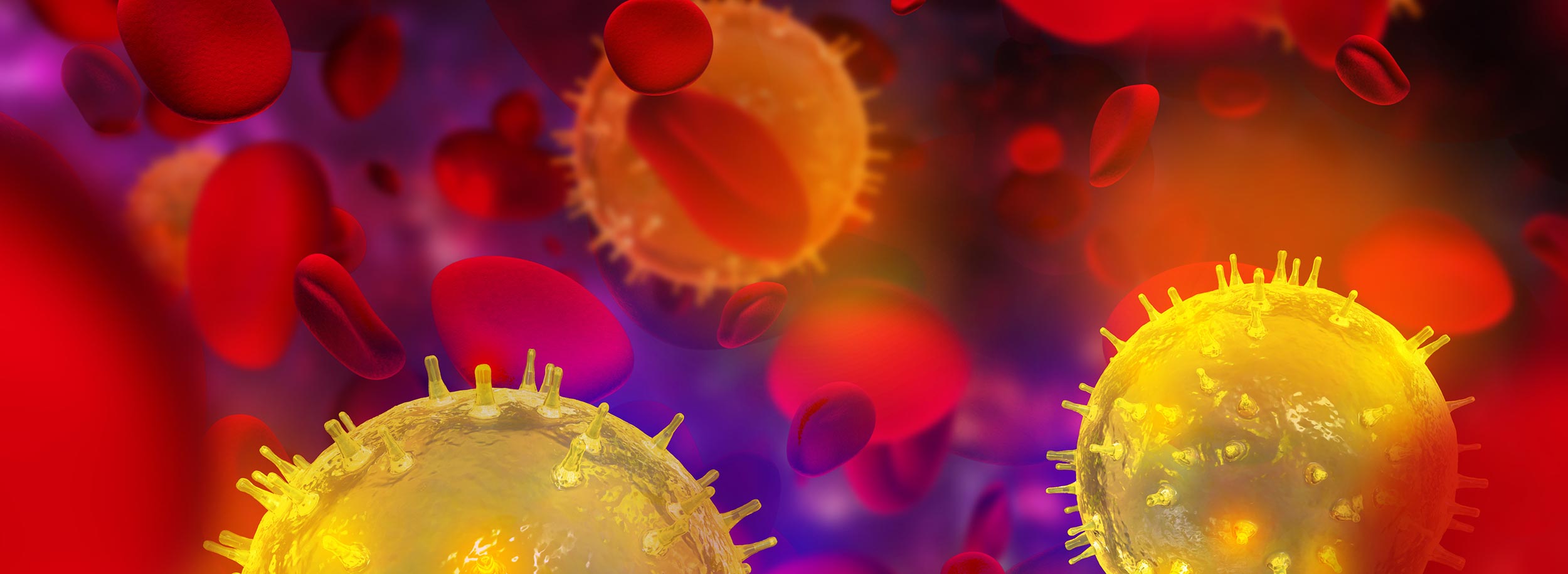
In 2004, the European Union (EU) became the first jurisdiction in the world to authorize a formal regulatory pathway for biosimilars. The regulations adopted over time, the EU’s rigorous guidelines, requirements, and experiences are instructive to the United States.
The development of general and product class-specific guidelines in the EU began with concept papers and draft guidelines. Throughout the process, the European Medical Association (EMA) decision making process was driven by robust and thoughtful scientific discussion and deliberation. The guidelines for biosimilars sought to balance patient safety with the goal of delivering biologic therapies at lower cost.
For example, the EU guideline on nonclinical and clinical development of similar biological medicinal products containing recombinant erythropoietins[1] recommended that that applicants submit at last twelve months of immunogenicity data pre-authorization for to ensure that patients don’t have adverse clinical affects post-marketing.
The EU’s biosimilar framework has been adopted by Australia, Canada and Malaysia and has been an important reference for others.
Biosimilarlity
The EMA require the use of rigorous scientific criteria in making biosimilarity determinations— from “head-to-head” comparability exercises, including a comprehensive comparison of the analytical (physiochemical and biological) properties of the biosimilar and reference product, to nonclinical and clinical studies.
The EMA also requires analytical, nonclinical, and clinical studies to be carried out to detect any significant differences in technical efficacy and safety between the biosimilar and reference product before the products are given to patients.
Reference Product
The EMA guidelines require that the same reference product be used throughout the analytical, nonclinical, and clinical development of the biosimilar product. Similarly, they state that the reference produce used must be authorized in the European Community on the basis of a complete dossier, and data generated from comparability studies using reference products not authorized in the European community may only provide supportive information.
Analytical and Clinical Data
Anticipating that there may be safety and efficacy difference between seemingly similar products, the EU guidelines require rigorous head-to-head analytical evaluation of physiochemical and biological properties of the products.
As it is expected that a biosimilar with have minor differences in product-related components as well as product-and process-related impurities, clinical equivalence studies designed to demonstrate comparable efficacy, safety and immunogenic potential are necessary. In addition to clinical equivalence studies, the EU guidelines acknowledge that—even where bioequivalence and quality equivalence with regard to efficacy have been demonstrated—the safety profile of the biosimilar still may differ from that of the reference product. A comparison of the type, severity, and frequency of adverse reactions between the products must be conducted over an adequate duration. In many cases, additional monitoring is necessary in the post-marketing phase to ensure ongoing safety.
Interchangeability
In the European Union, interchangeability is made at the Member-State level. Most EU countries have rules prohibiting automatic substitution, without the consent of the treating physician.
Names and Labels
Product identification is an important part of patient safety. We should learn from the EU’s failure to effectively ensure products are uniquely identified. The EMA does not have a formal rule requiring unique names for biosimilars and subsequently had to change some product labels to emphasize the importance of knowing specifically which biological product a patient received. The overarching EU guideline states that products given to the patient should be clearly identified and that the name, appearance and packaging of a biosimilar medicine differs from the innovator product.[2]
The World Health Organization’s guidelines, by contrast, states that biosimilars should be clearly identifiable by a unique brand name; that where an INN is defined, it should be provided, and that a lot number is essential for traceability. Japan, similarly, distinguishes the innovator product from the follow-on biologic with numbers and letter stamps.
The European Union does not speak explicitly to the issue of biosimilar product labeling, unlike Canada and the World Health Organization (WHO), but there is a question as to whether it is appropriate for the biosimilar product to have the same labeling as the reference product.
Safety and Pharmacovigilience
All biologic products can cause safety problems because of immunogenicity. The EU explicitly states that studies conducted prior to marketing approval are generally insufficient (due to study size) to identify all safety concerns or differences between the reference product and the biosimilar. Post-marketing surveillance is a core component of ensuring patient safety.
